ENG 102: Black Feminism and the Power of Harriet Tubman in Film
VerifiedAdded on 2022/08/12
|5
|1303
|190
Essay
AI Summary
This essay provides a comprehensive analysis of the film 'Harriet', focusing on its portrayal of black feminism and the character of Harriet Tubman. The essay argues that the film, directed by Kasi Lemmons, is a celebration of feminine power, distinguishing itself from other biopics and fictions about slavery. It examines how Lemmons portrays Harriet's version of femininity as her crucial strength, challenging female stereotypes of the time. The analysis highlights the film's historical accuracy, sensitivity, and the character's resilience, intelligence, and courage. The essay discusses how Lemmons breaks stereotypes by portraying Harriet as a hero who rescues others, as well as her care for her fellow suffragettes and family, revealing her vulnerabilities and persistence. It also explores how the film emphasizes Harriet's human qualities over mythical powers, making her more relatable and realistic. Furthermore, the essay suggests that the film's success as a saga of femininity would have been different without the perspective of a female director, highlighting the empathy Lemmons brings to the portrayal. Ultimately, the essay concludes that Lemmons portrays Harriet as an antithesis of the contemporary female stereotype, amalgamating courage and femininity as the key strengths of Harriet’s character.
1 out of 5
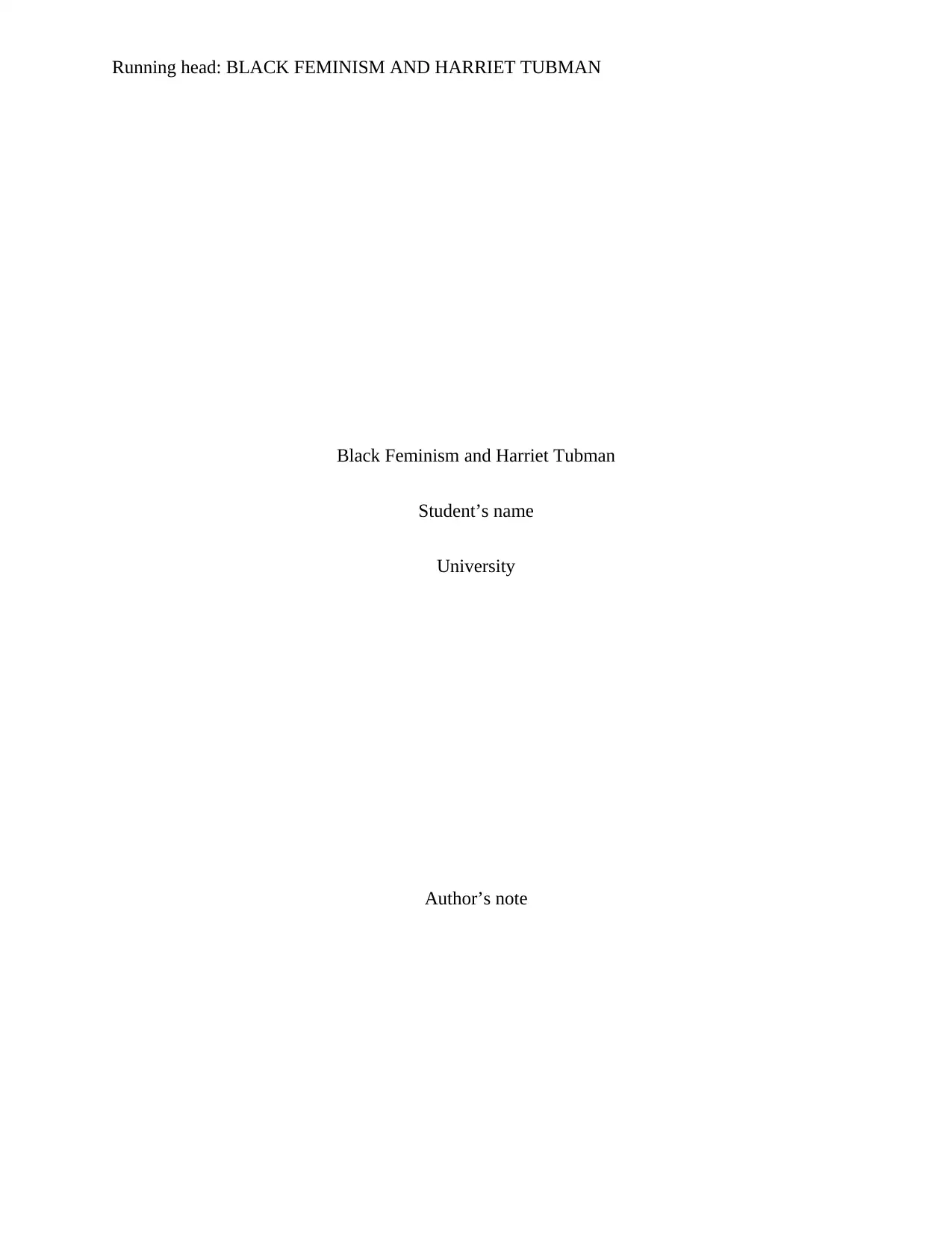
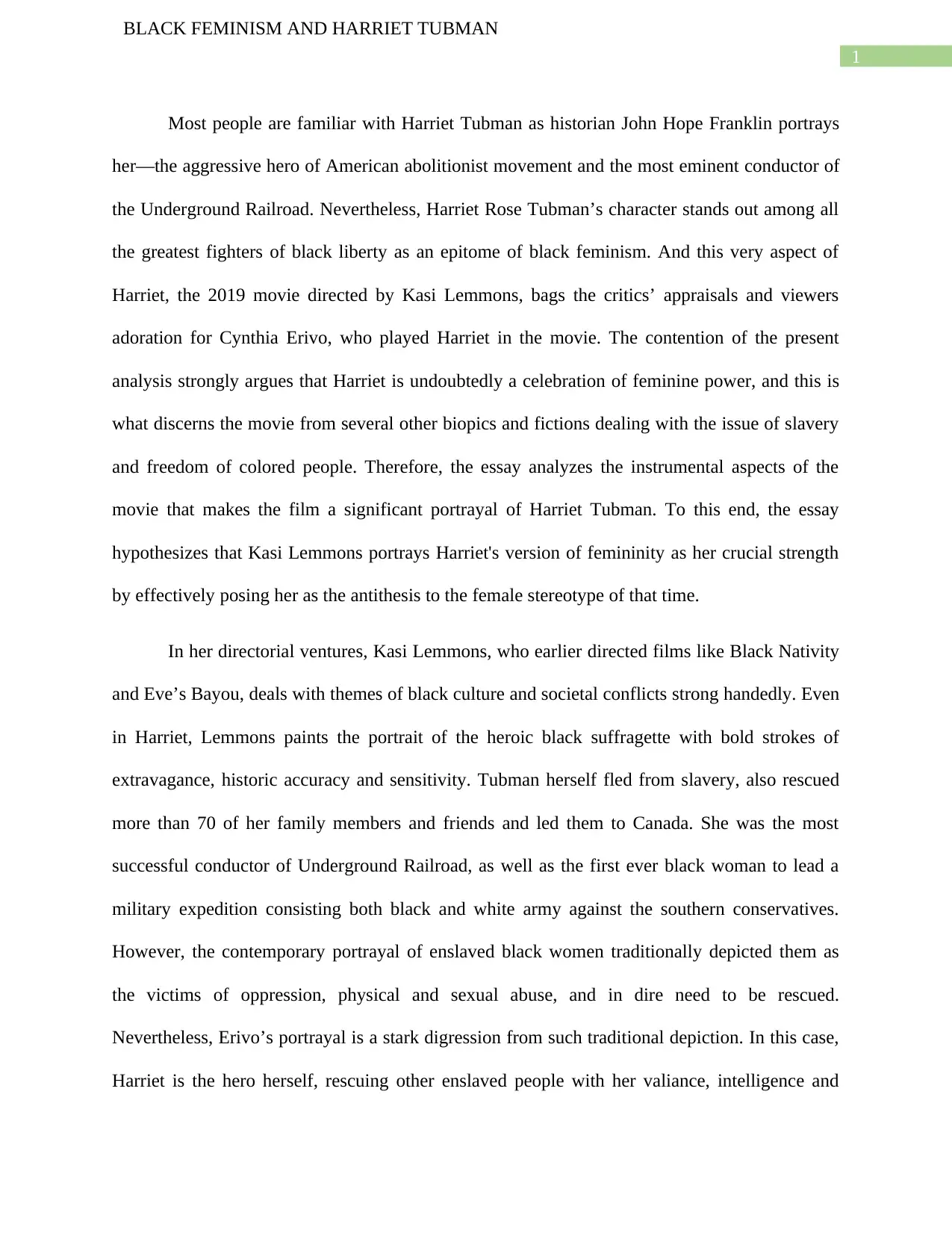
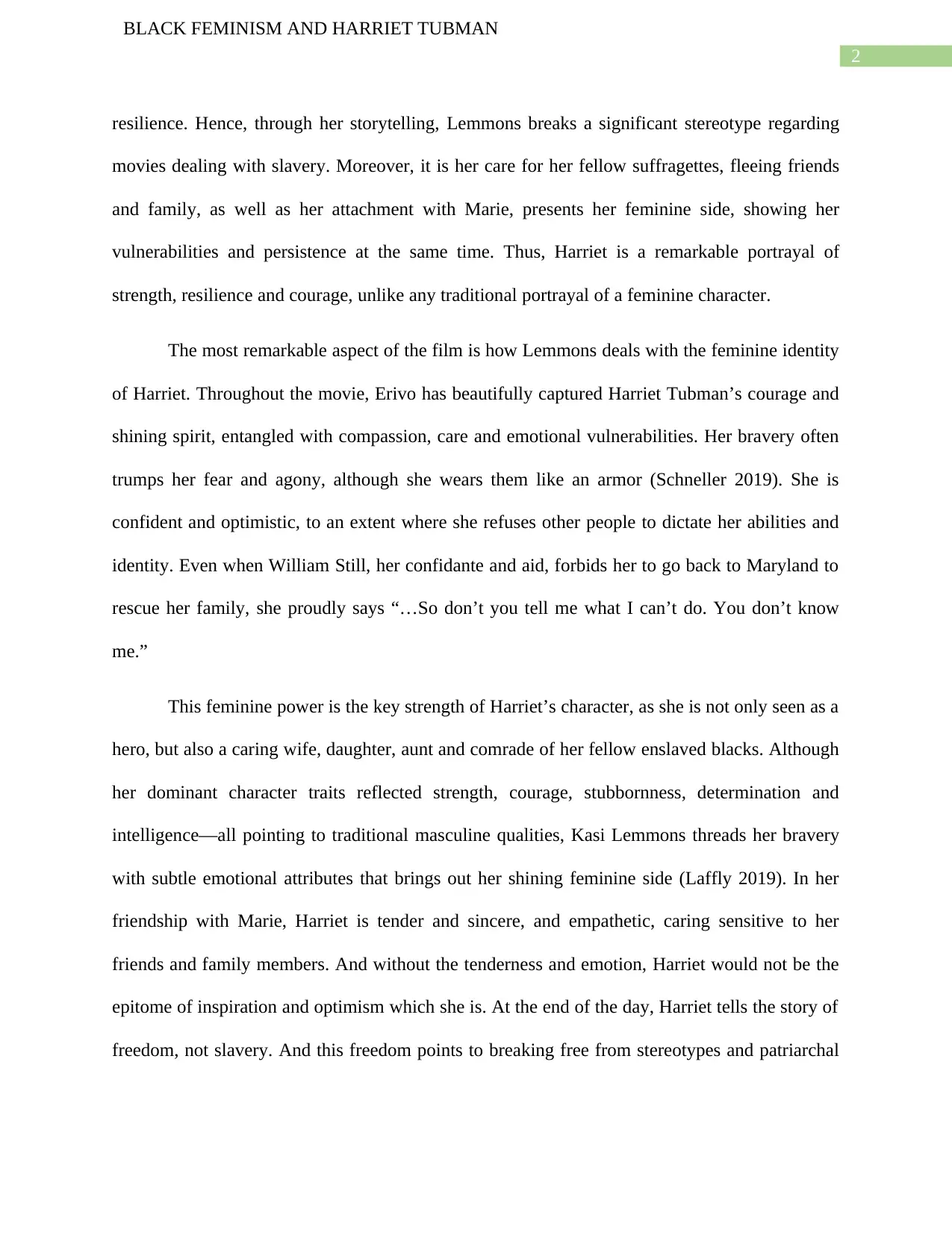

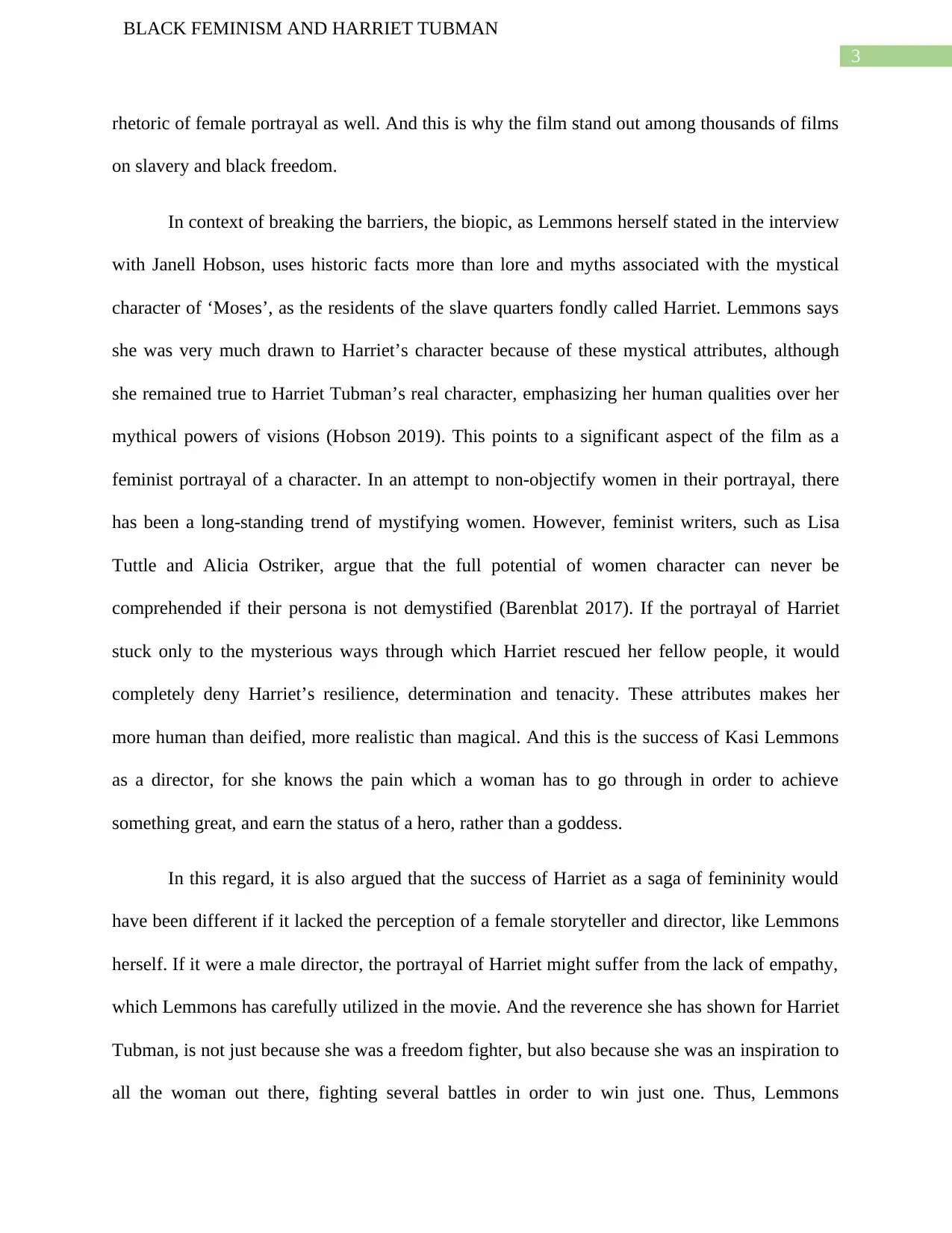
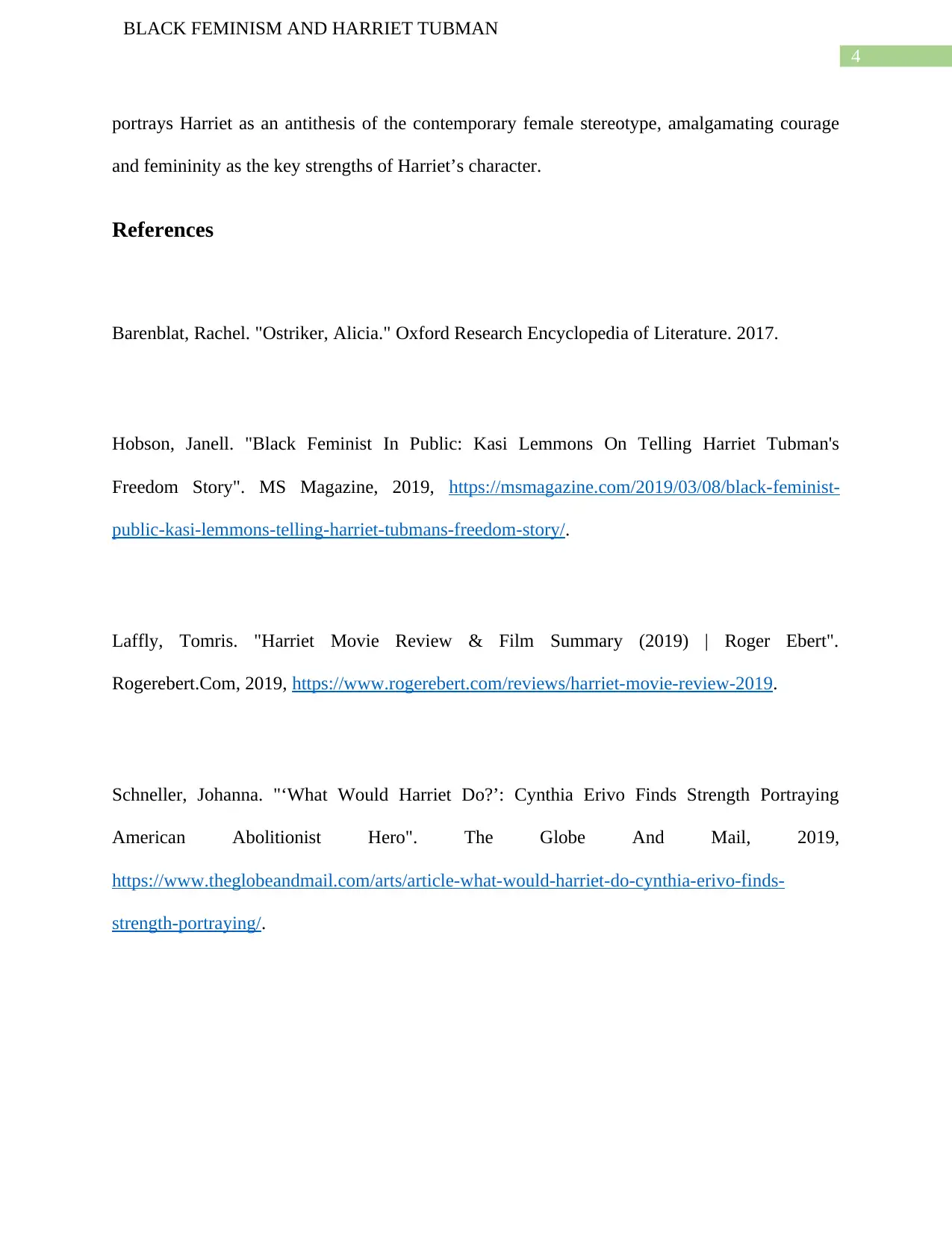
![[object Object]](/_next/static/media/star-bottom.7253800d.svg)